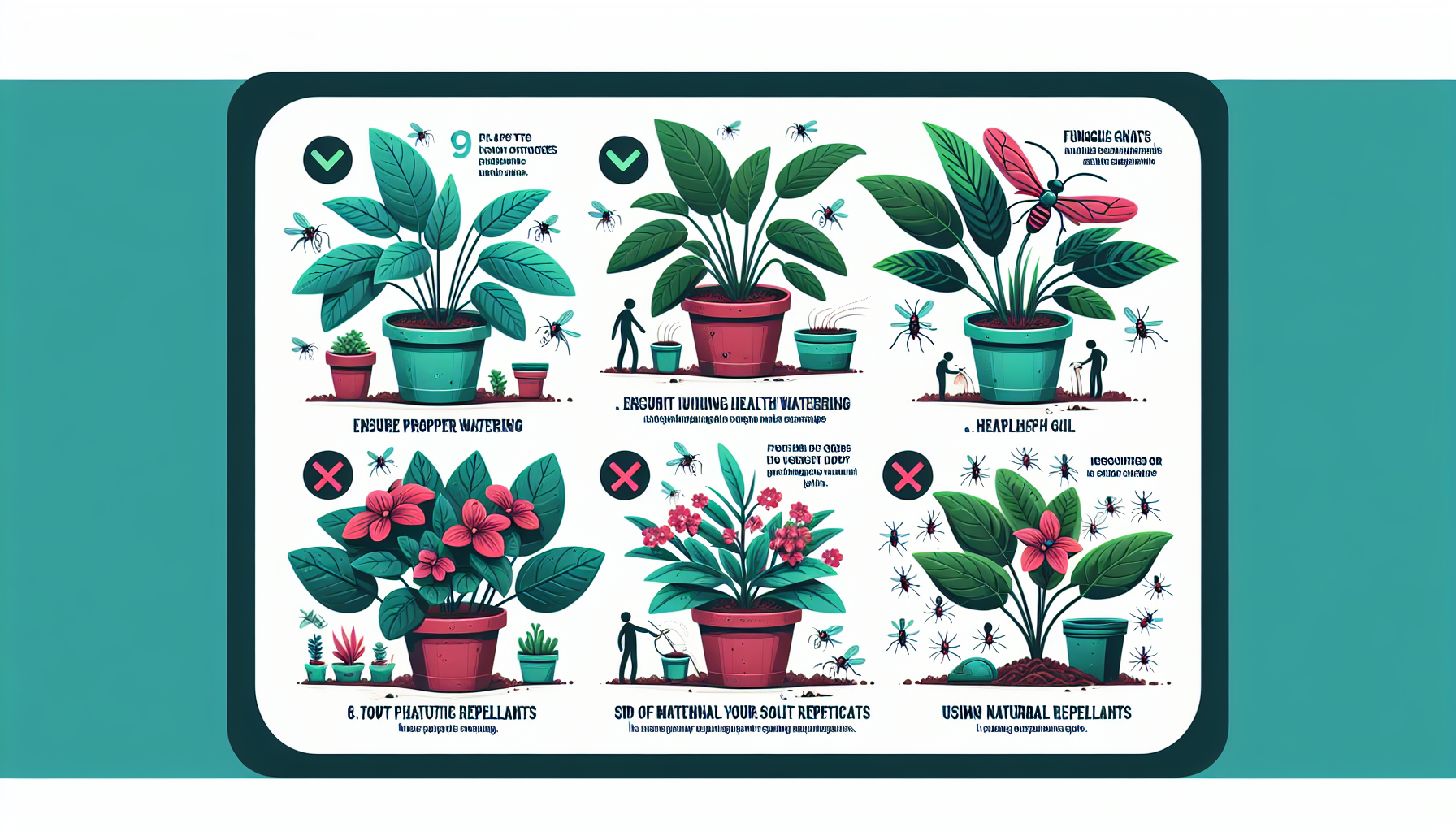
how to get rid of knats in house plants
How to Get Rid of Gnats in Houseplants
Houseplants are a fantastic way to bring life and vibrancy into your home. However, dealing with gnats buzzing around your beloved greenery can be frustrating. These tiny pests, often called fungus gnats, can infest your plants and soil, making it hard to enjoy your indoor garden. Fortunately, there are simple and effective ways to get rid of gnats and prevent them from returning. In this post, we’ll cover everything you need to know to keep your houseplants gnat-free.
What Are Fungus Gnats?
Fungus gnats are small, mosquito-like insects that are commonly attracted to the moist soil of houseplants. While adult gnats don’t harm plants, their larvae feed on plant roots, which can weaken your plants over time. Gnats are often a sign of overwatering or poor soil drainage, which creates the perfect breeding ground for them.
Signs of a Gnat Infestation
- Small black flies hovering around your plants or near windows.
- Visible larvae in the top layer of soil.
- Plants showing signs of stress, such as yellowing leaves or stunted growth.
How to Get Rid of Gnats in Houseplants
1. Let the Soil Dry Out
Gnats thrive in moist environments, so the first step is to reduce excess moisture in the soil. Allow the top 1-2 inches of soil to dry out between waterings. This will make it less hospitable for gnat larvae.
2. Use Sticky Traps
Yellow sticky traps are an excellent way to catch adult gnats. Place the traps near the infested plants or stick them directly into the soil. These traps are available at most garden centers or online stores like Amazon.
3. Apply a Natural Gnat Killer
Consider using natural remedies to kill gnat larvae in the soil. A few effective options include:
- Neem Oil: Mix neem oil with water and apply it to the soil. Neem oil is a natural insecticide that disrupts the life cycle of gnats.
- Hydrogen Peroxide Solution: Mix one part hydrogen peroxide (3%) with four parts water and pour it into the soil. This will kill larvae without harming your plants.
4. Add a Layer of Sand or Gravel
Gnats lay their eggs in the top layer of soil. Adding a thin layer of sand or gravel on top of the soil can prevent them from accessing it. This simple barrier can significantly reduce gnat populations.
5. Repot Your Plant
If the infestation is severe, consider repotting your plant with fresh, sterile soil. Remove as much of the old soil as possible and clean the pot thoroughly before repotting.
Preventing Future Gnat Infestations
Once you’ve eliminated the gnats, take steps to prevent them from coming back:
- Water plants only when necessary and avoid overwatering.
- Ensure your pots have proper drainage to prevent water from pooling.
- Regularly inspect your plants and soil for signs of pests.
- Use a well-draining potting mix to discourage gnat infestations.
Final Thoughts
While gnats can be a nuisance, they are manageable with the right approach. By following these tips, you can eliminate gnats and keep your houseplants healthy and thriving. Remember, prevention is key, so practice good plant care habits to avoid future infestations.
Have you dealt with gnats in your houseplants? Share your tips and tricks in the comments below!
If you found this article helpful, check out our other plant care guides on our Home & Garden blog.